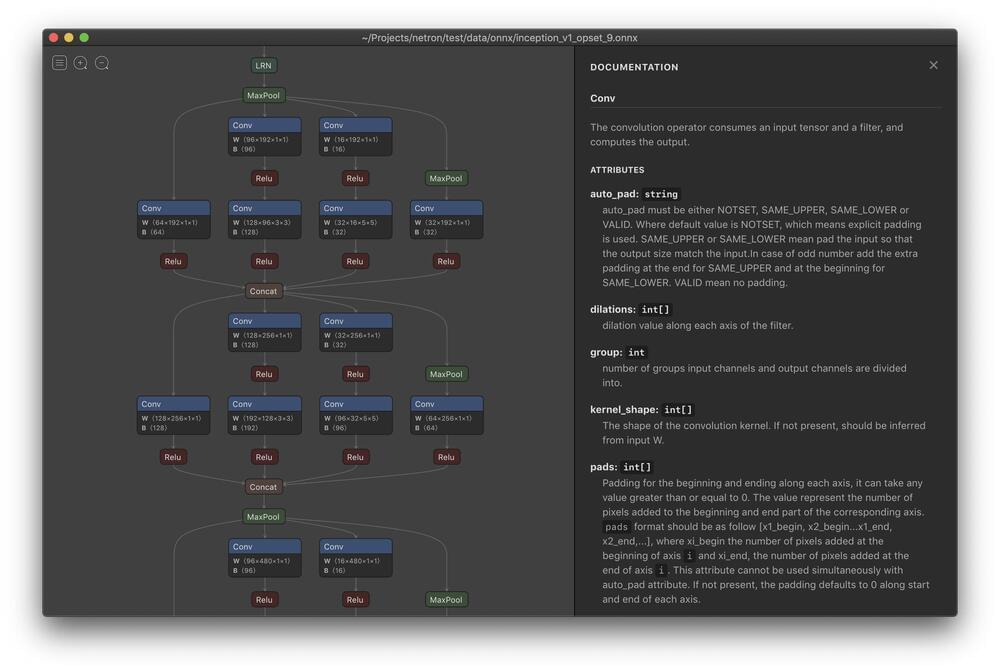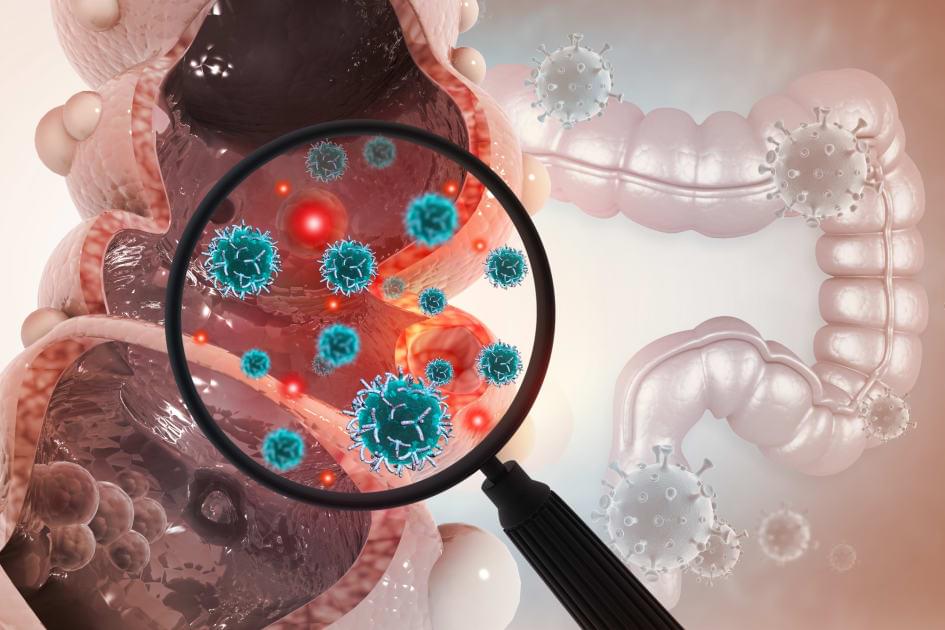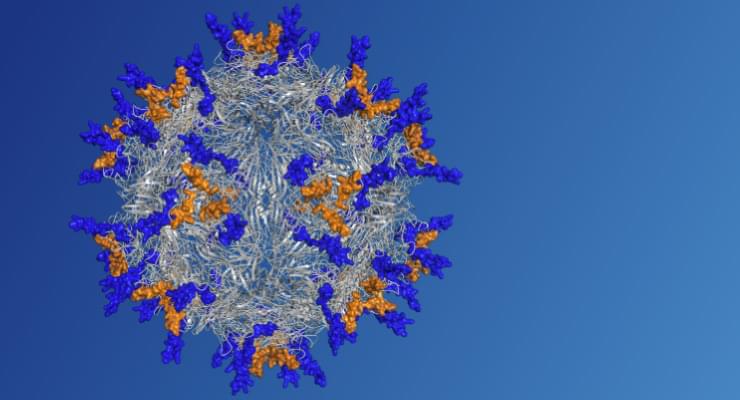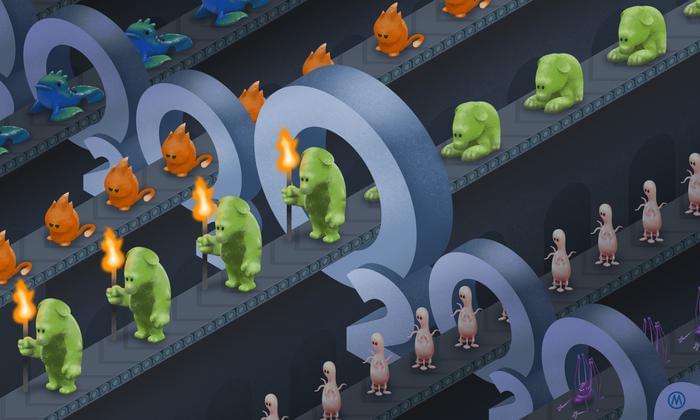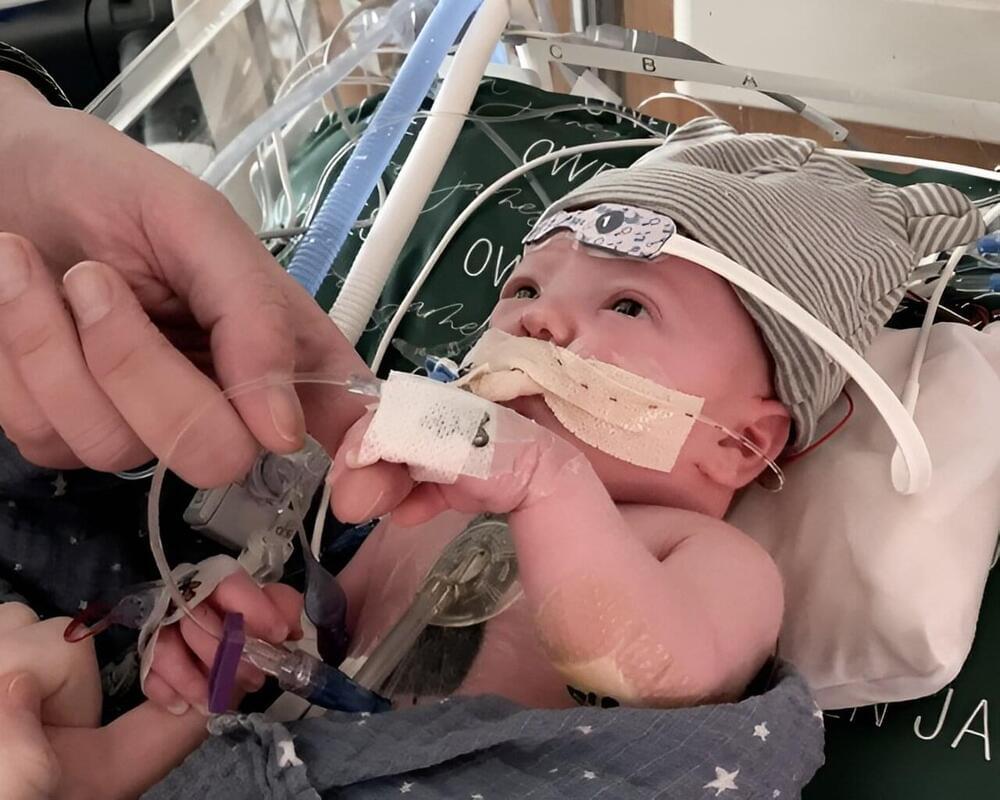Exploring pre-trained models for research often poses a challenge in Machine Learning (ML) and Deep Learning (DL). Visualizing the architecture of these models usually demands setting up the specific framework they were trained on, which can be quite laborious. Without this framework, comprehending the model’s structure becomes cumbersome for AI researchers.
Some solutions enable model visualization but involve setting up the entire framework for training the model. This process can be time-consuming and intricate, deterring quick access to model architectures.
One solution to simplify the visualization of ML/DL models is the open-source tool called Netron. This tool functions as a viewer specifically designed for neural networks, supporting frameworks like TensorFlow Lite, ONNX, Caffe, Keras, etc. Netron bypasses the need to set up individual frameworks by directly presenting the model architecture, making it accessible and convenient for researchers.
